In the lost treasures of Washington State you will learn about 14 treasures that are awaiting discovery under the ground, in caves, and under the water in the State of Washington. With a state that’s named after our first President George Washington, you know that you will find some fascinating history and a ton of interesting stories to boot. Metal detecting in Washington state could prove to be a lucrative adventure!
So without further adieu let’s jump right into the 14 lost treasures of Washington State and maybe you will be one of the lucky few who actually finds one of these long-lost treasures. Enjoy!
14 Lost Treasures of Washington State
| TREASURE | AMOUNT | LOCATION |
|---|---|---|
| Wild Man of Wynoochee’s Buried Loot | $15,000 in a strongbox | Buried on the banks of the Wynoochee River in the area that it turns into a horse-shaped creek. |
| Lars Hanson’s Buried Gold | $200,000 in gold coins | Somewhere on the banks of Judd Creek close to the town of Burton, Washington. |
| Captain James Scarborough’s Buried Gold | $120,000 worth of gold | Somewhere near his home which was located on present-day Fort Columbia Park near Battery Two. |
| Buried Treasure Near The old Chevy Chase Inn | 6,000 gold sovereigns | Chevy Chase Beach Trail on Discovery Bay near Port Townsend, Washington. |
| Lost Gold Bullion on Protection Island | $70,000 in gold bullion | Protection Island near Port Townsend, Washington. |
| The Highgraders Poor Farm Treasure | Gold Matte | Near an old brickyard close to the town of Colville, Washington. |
| Victor Smith’s Buried Gold | $7,500 in $20 gold coins, $15,000, $200,000 along with crates filled with $20 gold coins | $7,500 Buried near the town of Port Angeles on the shore of Straits of Juan De Fuca. $200,000 and crates filled with $20 gold coins lost from the wreck of Brother Jonathan near Crescent City California. |
| Buried Gold Bars Near Fort Walla Walla | Gold bars | Fort Walla Walla Park on the western end of Walla Walla, Washington. |
| 3 Treasure Chest In The Columbia River | Three chests filled with gold bullion. | West of a toll bridge on the north side of Plymouth, Washington in the Columbia River. |
| Hidden Gold on Sentinel Peak | $30,000 in gold | In a cave somewhere on Sentinel Peak located three miles southeast of Beverly, Washington. |
| Thomas Douglas’s Buried Gold | Large Wooden Box of Gold Coins | Blewett Pass in Chelan County Washington. |
| Harry Suttons Buried Gold | $11,000 in gold coins | Hammond Orchard in the village of Port Townsend. |
| Buried Payroll On The Banks of Discovery Bay | $80,000 | Banks of Discovery Bay near the village of Port Townsend. |
| S.S. Buckley’s Buried Wealth | A large amount of money and jewelry | Hammond Orchard in the Villiage of Port Townsend. |
Wild Man of Wynoochee’s Buried Loot
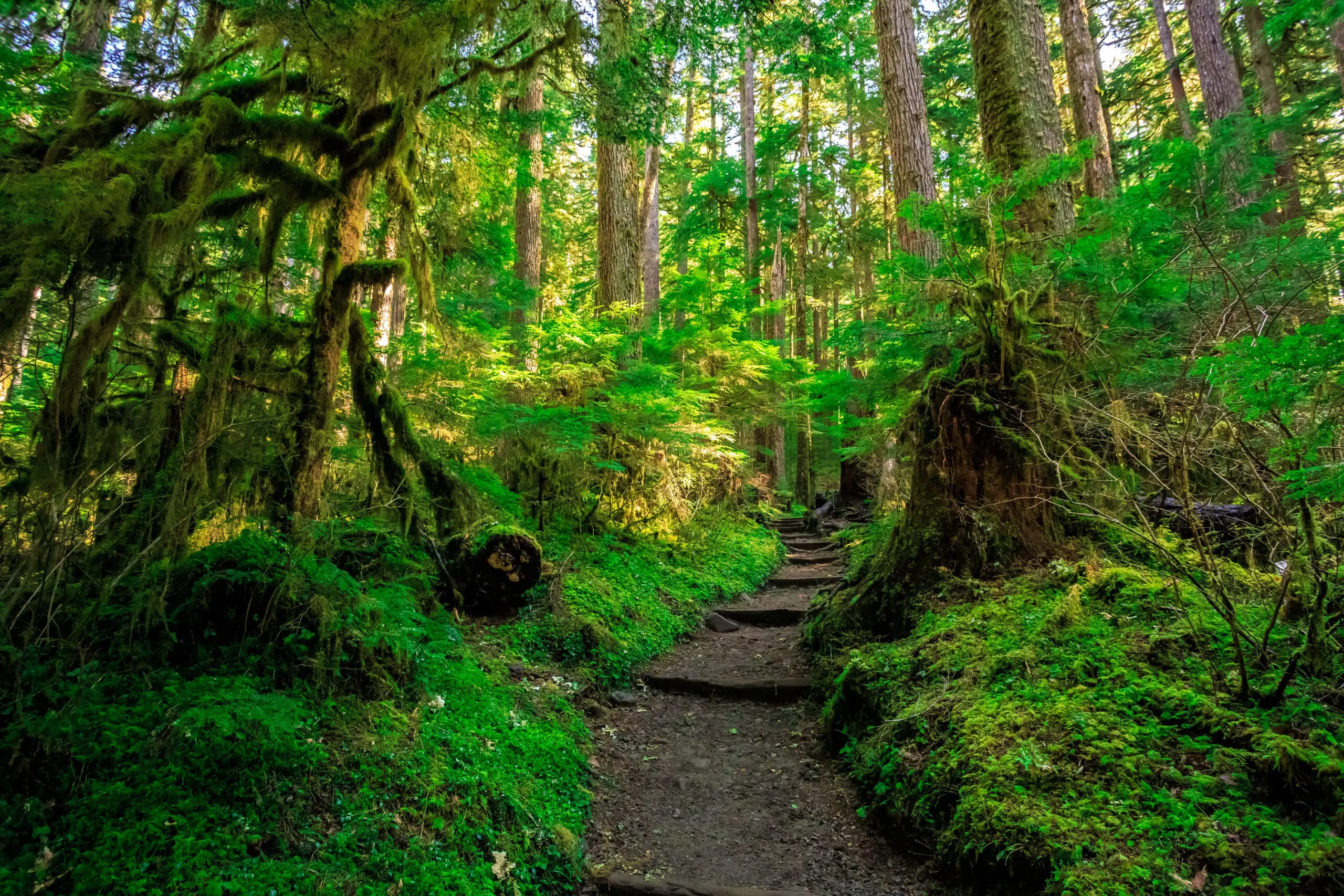
John Tornow became known as the Wild Man of Wynoochee when he became notorious for living off the land in the woods. He would dress in animal skins and in later years he is said to have looked like a hairy beast letting his hair and beard grow long and I would expect, not bathing very often. He probably smelled as bad as he looked.
Tornow was a huge Indian that grew to 6’4 and weighed 250 pounds. He had two brothers who he didn’t get along with them. By the early 1900s, John was spending most of his time in the woods and is said to have told a lumberjack that “I’ll kill anyone who comes after me. These are my woods.”
His brothers started to think that John was insane and they committed him to an insane asylum in 1909 in Oregon’s backcountry. But the asylum couldn’t hold John and he escaped a year later. John eventually started showing up at his sister’s house and would visit with her and her husband and their twin boys John and Will Bauer.
The Wild Man of Wynoochee
It was at this time that people started calling him the Wild Man of Wynoochee because he would be seen running through the woods looking like a giant gorilla-like man as some would say. Lumberjacks in the area said John would seem to come out of nowhere and then disappear into the woods.
Things turned bad when John shot a cow that was near his sister’s house. While he was dressing the cow a bullet flew over his head so he picked up his gun and shot in the direction that the bullet came from. He then found that he had shot his twin nephews that were nearby in the woods. Some believe that John and Will Bauer had mistaken Tornow for a bear and that’s why they shot at him.
Search Begins For John Turnow
After finding his nephews dead he fleed into the forest. A search party was formed to locate John and Will Bauer when they didn’t return home. Sheriff John McKenzie led the search and they found the Bauer boys shot in the head and no weapons on them. The sheriff quickly formed a posse to go after Turnow who he believed was the one responsible for the boys’ death.
Soon many lumberjacks and farmers started searching the Satsop river area and the lower half of Wynoochee Valley. After not finding Turnow people started to get scared of this crazy man wandering the wilderness and the tales of a cold-eyed giant grew rampant all over the Wynoochee Valley.
Turnow finally showed up when he robbed Jackson’s Country Grocery Store which also was the town’s bank of all things. John got away with a strongbox containing $15,000. Chehalis County, now known as Grays Harbor County offered a $1,000 reward for the capture of John Turnow and the return of the stolen money. Tornow was seen at a camp in Oxbow. Hearing this Sheriff Mckenzie and Deputy Game Warden Albert V. Elmer went to the site to investigate. While there they didn’t find John but they found two gold coins and they figured that the strongbox was buried somewhere nearby.
Sheriff McKenzie and Warden Elmer Goe Missing
When Sheriff McKenzie and Game Warden Elmer never showed up the reward was increased to $2000. Deputy Sheriff A.L. Fitzerald formed another posse to search for the missing Sheriff and Warden and continue searching for Turnow in Oxbow and Chehalis County. They eventually found McKenzie and Elmer both shot and gutted.
A month later Deputy Giles Quimby and two other men Louis Blair and Charlie Lathrop found the ramshackle cabin that John Turnow was living in. After finding the cabin they drew their guns when a shot rang out from the cabin. Charlie Lathrop was killed instantly from the bullet striking him in the neck. Quimby and Blair tried to talk Tornow into giving them the strongbox and they would just let him go.
Turnow reportedly yelled from the cabin that the strongbox was buried in Oxbow by a boulder that looks like a fish’s fin. Turnow then said take it and leave me alone! Quimby didn’t keep his word and shot into the cabin. With shots being fired at Turnow Quimby didn’t know if he had killed Turnow or if he was playing dead so Quimby and Blair took off through the woods and returned to Montesano, WA.
Another posse was formed and headed back to the spot where Quimby found Turnows cabin. Here they found John Turnow dead and also found $6.65 in silver coins in his pocket which came from the Jackson Grocery Store robbery. Word quickly got out of the death of the Wild Man of Wynoochee and stories of the legend grew far and wide.
Search For The Lost Strongbox Continues
In the meantime, Quimby went searching for the stolen loot. He found the boulder that looked like a fish’s fin but no strongbox. Many others have searched for the buried strongbox over the years in Oxbow but it was never found. Some believe that the strongbox containing $15,000 is buried on the banks of the Wynoochee River in the area where it turns into a horse-shaped creek.
Since the time the strongbox was allegedly buried, a dam was built on the Wynoochee River so the river has probably changed course and maybe the treasure is in the river itself. But you will need permission before searching for this lost treasure because the river and potential hiding spot is located in the Olympic National Forest.
Digging Deeper: Lost Treasures of Oregon
Lars Hanson’s Buried Gold
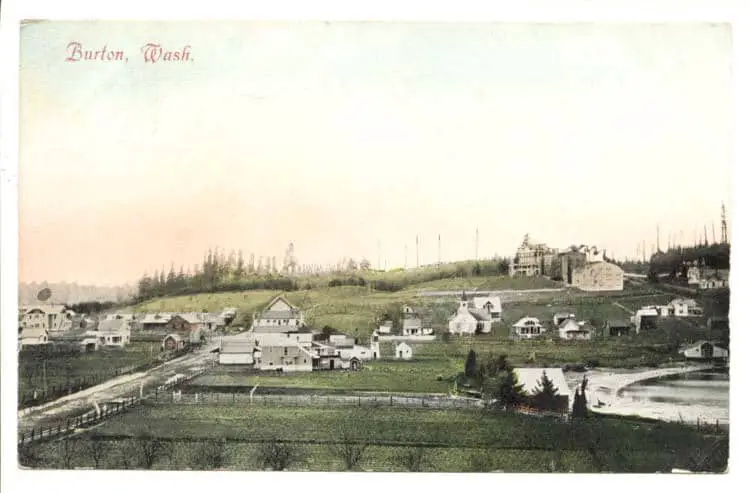
Lars Hanson is said to have been a wealthy log company owner in the 1870s. He lived on Vashon Island in Puget Sound. It is said that he buried $200,000 in gold coins somewhere on the banks of Judd Creek close to the town of Burton, Washington. If that gold is still there it would be worth millions of dollars in today’s economy. What a find that would be!
Captain James Scarborough’s Buried Gold
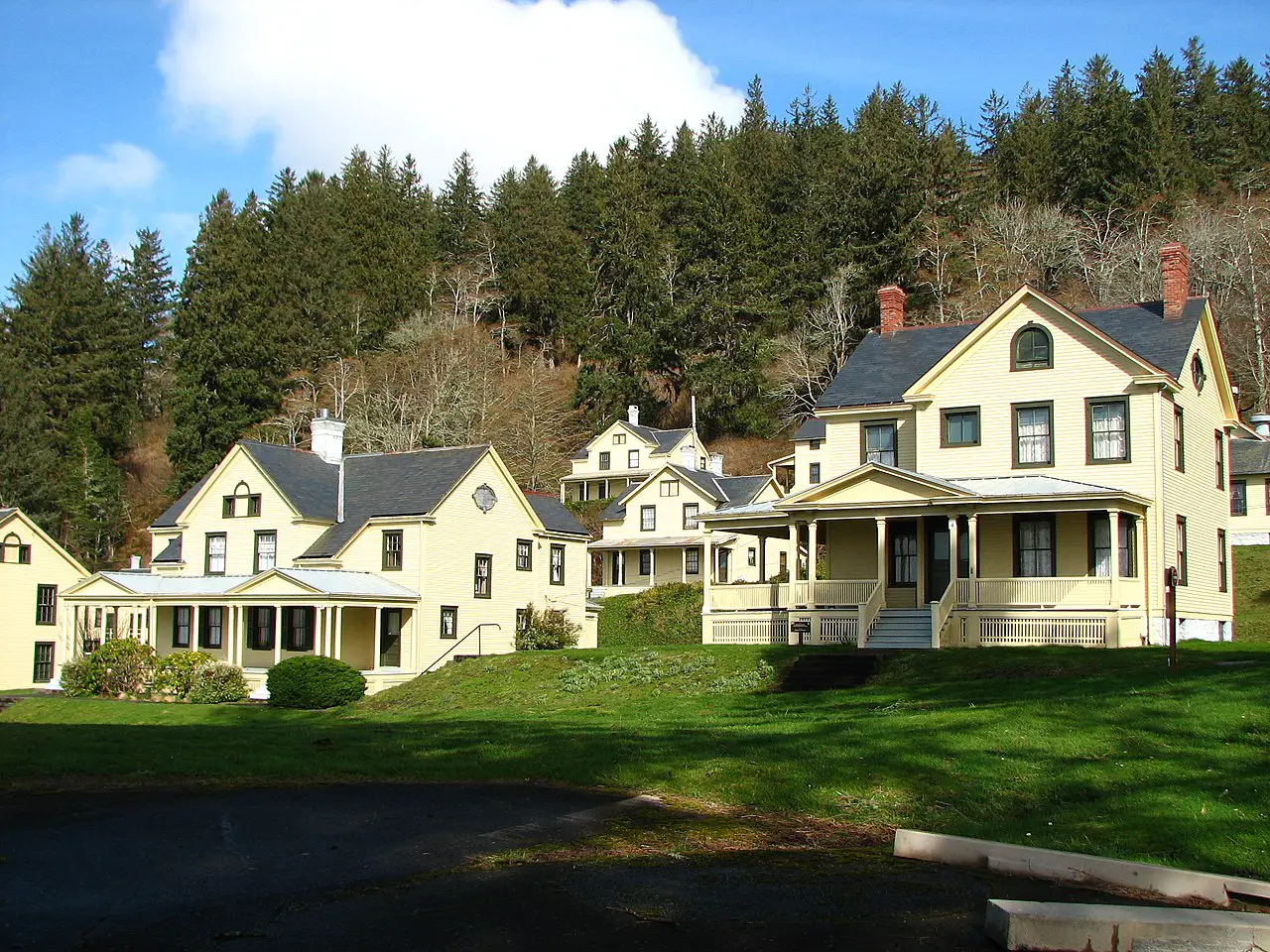
James Allan Scarborough was a prominent English ship captain who lived from 1805 to 1855. He is said to have been the first white settler north of the Columbia River. He joined the Hudson Bay Company in 1829 and sailed the ship, Isabelle, across the Columbia River for the first time in May of 1830.
Scarborough and his new bride Ann Elizabeth a Chinook Indian obtained property on Chinook Point along the Columbia River that once belonged to Chinook Chief Comcomly. Here they built a farm and because of the Donation Land Law that was enacted by Congress in 1850, he acquired 643 acres along the north bank of the Columbia River and also most of Scarboro Hill and all of Chinook Point. This property in 1898 became Fort Columbia owned by the U.S. Army.
Scarborough and his wife made good money in the fish trading business where they would ship salted salmon that he got from the Chinook Indians to the eastern United States and Europe. Over the years he became very wealthy and legend has it that he buried upwards of $120,000 worth of gold that he received as payment from his fish business in a barrel somewhere near his home which was located on present-day Fort Columbia near Battery Two.
Ann Scarborough died in 1852 and James died in 1855 before revealing where his wealth was buried. His son searched in vain for the buried gold but never found it and it’s presumed to still be buried somewhere on Fort Columbia and the land once occupied by James Scarborough.
But finding this treasure may be futile because historic Fort Columbia is now Fort Columbia State Park so you will need permission before searching for this treasure.
Buried Treasure Near The old Chevy Chase Inn
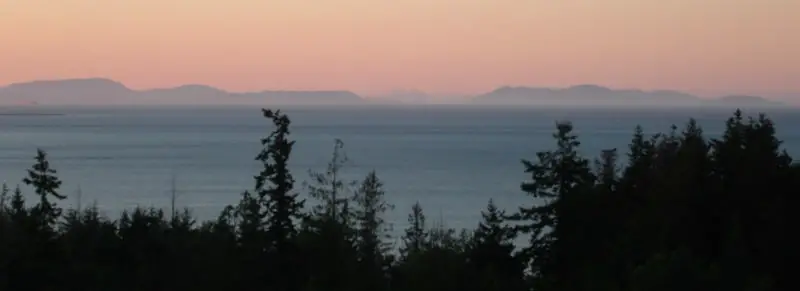
Chevy Chase Inn now known as Chevy Chase Beach Cabins was built in the 1850s by the area’s first white settler John Tukey. Tukey was a gold prospector who came to the Discovery Bay area when he didn’t find gold in California. He took claim of 500 acres on the eastern shore of Discovery Bay. Then in 1880 he sold the land and built a beautiful home on a bluff overlooking the Bay. He also started a thriving farm.
In 1897 John along with his wife Linnie Chase opened their home and farm to paying guests. They originally called this place Saints Rest and built more cabins and expanded their home to include ten bedrooms. Many well-to-do people came here to vacation.
In 1913 Mary Chase daughter of Linnie Chase acquired the property and in 1923 it became known as Chevy Chase Inn. Then in 2003, the name was changed again to Chevy Chase Beach Cabins which it remains to this day. So there’s a little history about the Chevy Chase Inn now onto the lost treasure story.
Buried Treasure
In the spring of 1862 when John Tukey was down by the Bay on a spot that was called Tukey’s Landing now known as Chevy Chase Beach Trail he noticed three men rowing a boat toward his property. When they hit the beach they lifted a heavy chest from the canoe they carried it into the nearby woods and two of them came back without it. The two men jumped into the canoe and paddled away.
The third man appeared out of the woods about a half-hour later and he didn’t have the chest with him. So it is presumed that he buried the chest in the woods. He then asked John if he could use one of his horses to ride into Port Townsend so he could get on a boat headed to Olympia. John obliged and the man rode off to Port Townsend.
The third man was later recognized as the paymaster from Victoria who had stolen 6,000 gold sovereigns which were probably the contents of the chest that he buried. The man was eventually arrested and died in prison.
John Tukey searched and searched for the buried treasure but he never found it. Over the years countless treasure hunters have searched the area once known as Chevy Chase Inn in Chevy Chase Beach Trail but as of yet, no one has found the buried treasure chest.
Lost Gold Bullion on Protection Island
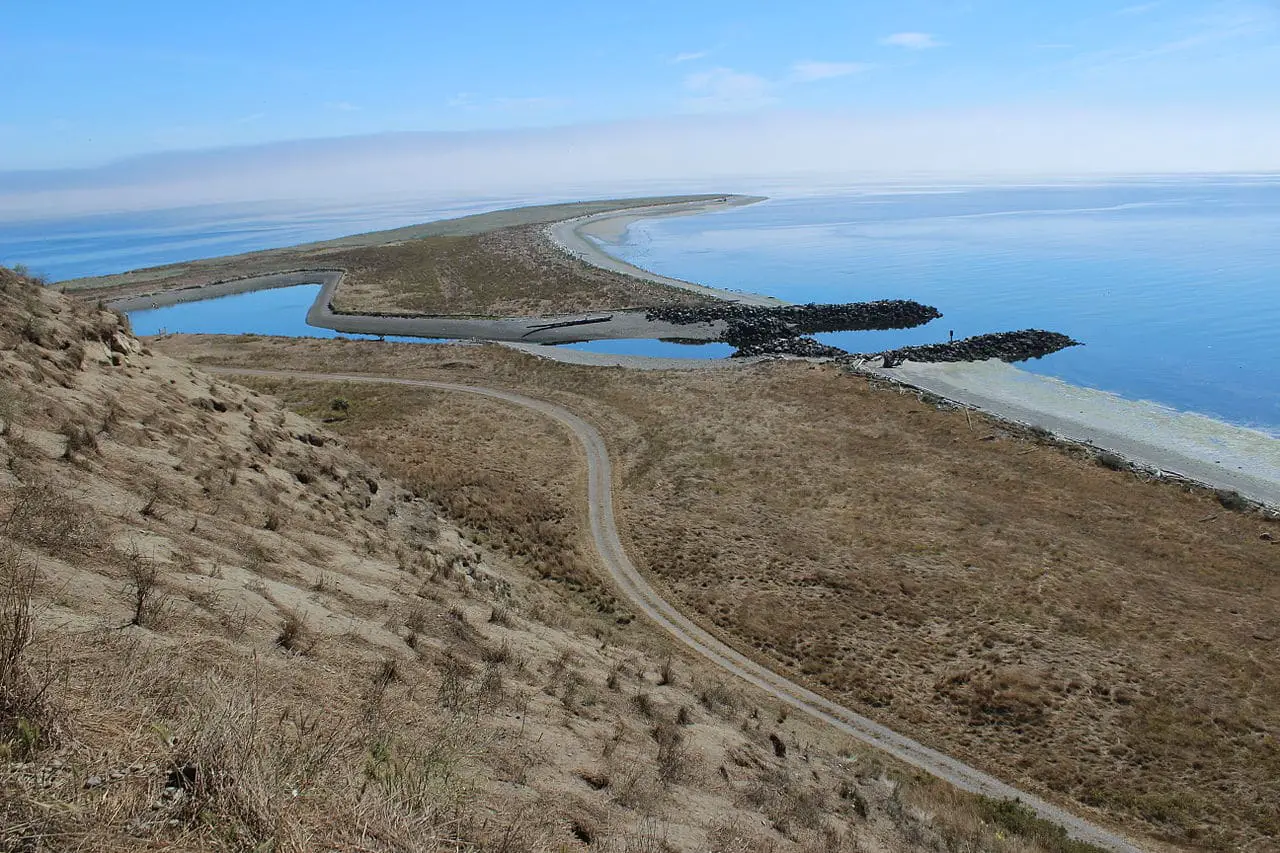
In 1874 a gold prospector is said to have buried $70,000 in gold bullion on Protection Island near Port Townsend Washington. He left for supplies and when he came back he could remember where he had buried the gold. The gold could still be buried on Protection Island just waiting for someone to dig it up.
The Highgraders Poor Farm Treasure
Gold Matte which is a crude mixture of sulfides produced when smelting is said to be buried near an old brickyard close to the town of Colville, Washington.
Victor Smith’s Buried Gold
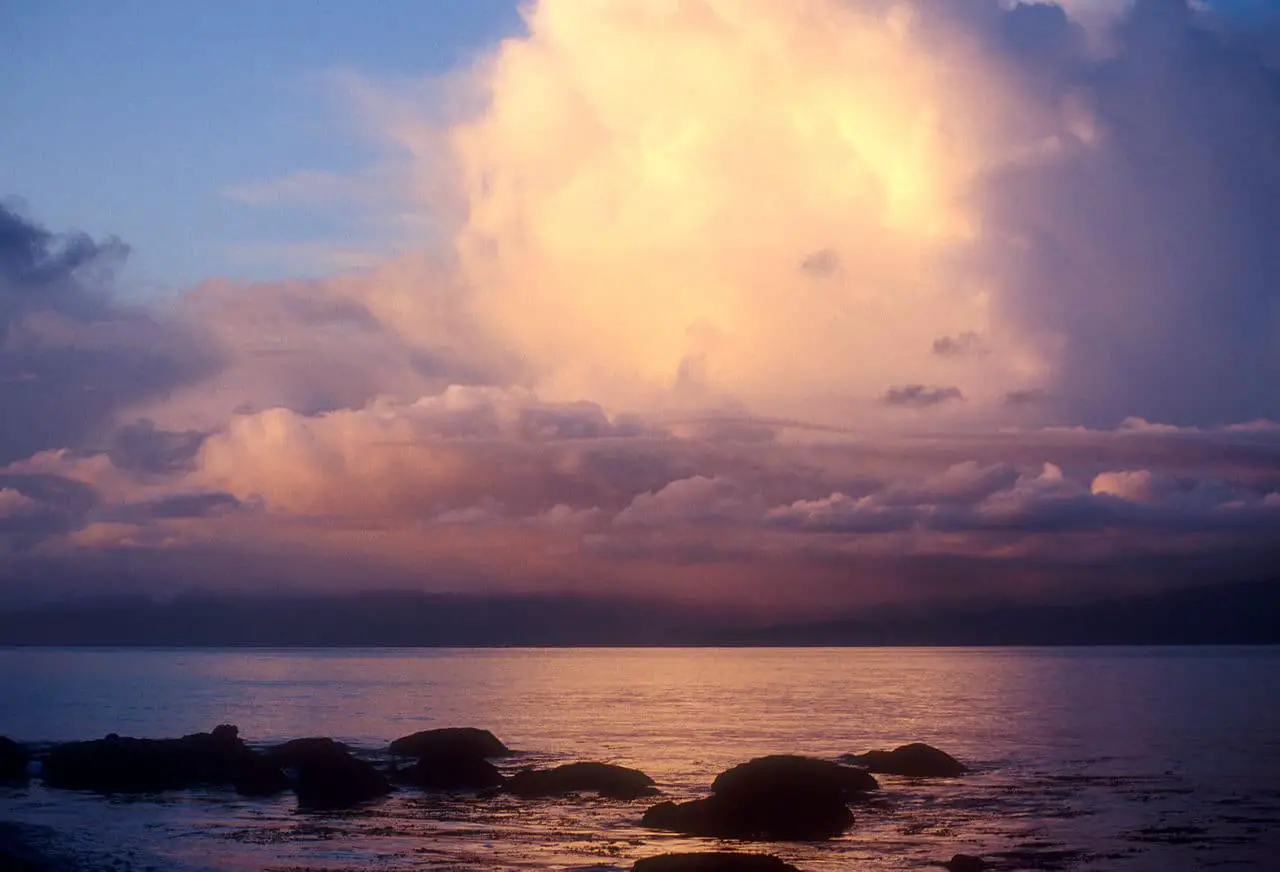
Victor Smith was appointed Collector of Customs for the District of Puget Sound by President Abraham Lincoln in 1861. In just one of the cases of money gone missing when in the care of Smith it is said that Smith stole $7,500 in $20 gold coins and buried it in a strongbox near the town of Port Angeles on the shore of Strait of Juan De Fuca. The strongbox is said to have been swept away in a flood and it has never been found.
In another case, he is said to have stolen $15,000 from the Customs House in Port Angeles the money was never recovered.
In yet another incident that took Smith’s life, he was aboard the Brother Jonathan ship in late July of 1865. He was seeing the passage of payroll to the troops at Fort Vancouver which was estimated at being worth $200,000 along with crates filled with $20 gold coins that were to go to Haskins Company and Wells Fargo.
Unfortunately, the ship hit a rock and broke up killing all but 19 of the 244 souls on board including Victor Smith. The gold on board at the time was never recovered but this time Victor Smith couldn’t be blamed.
Buried Gold Bars Near Fort Walla Walla
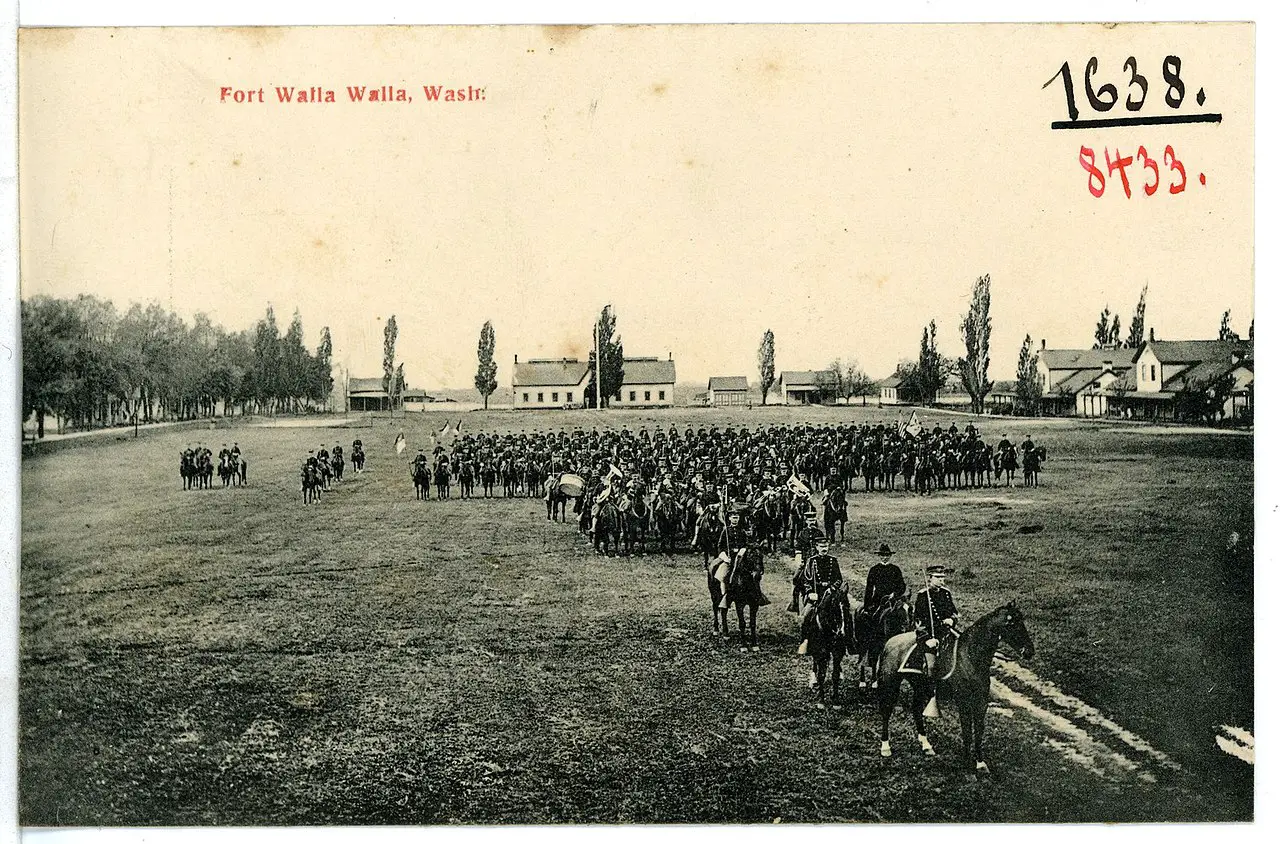
In the late 1890s, a train was robbed by bandits near the town of Wallula, Washington. The bandits got away with a large number of gold bars. It is said that they tried to catch a ship to Portland Oregon soon after the robbery but when they missed the ship they buried the gold bars near Fort Walla Walla.
The bandits were soon shot dead before they could reveal the exact location of the buried gold bars. The area where Fort Walla Walla once stood is now called Fort Walla Walla Park and is on the western end of Walla Walla, Washington. Although there may be buried treasure in that vicinity you will want to ask permission before doing any metal detecting or digging there.
3 Treasure Chest In The Columbia River
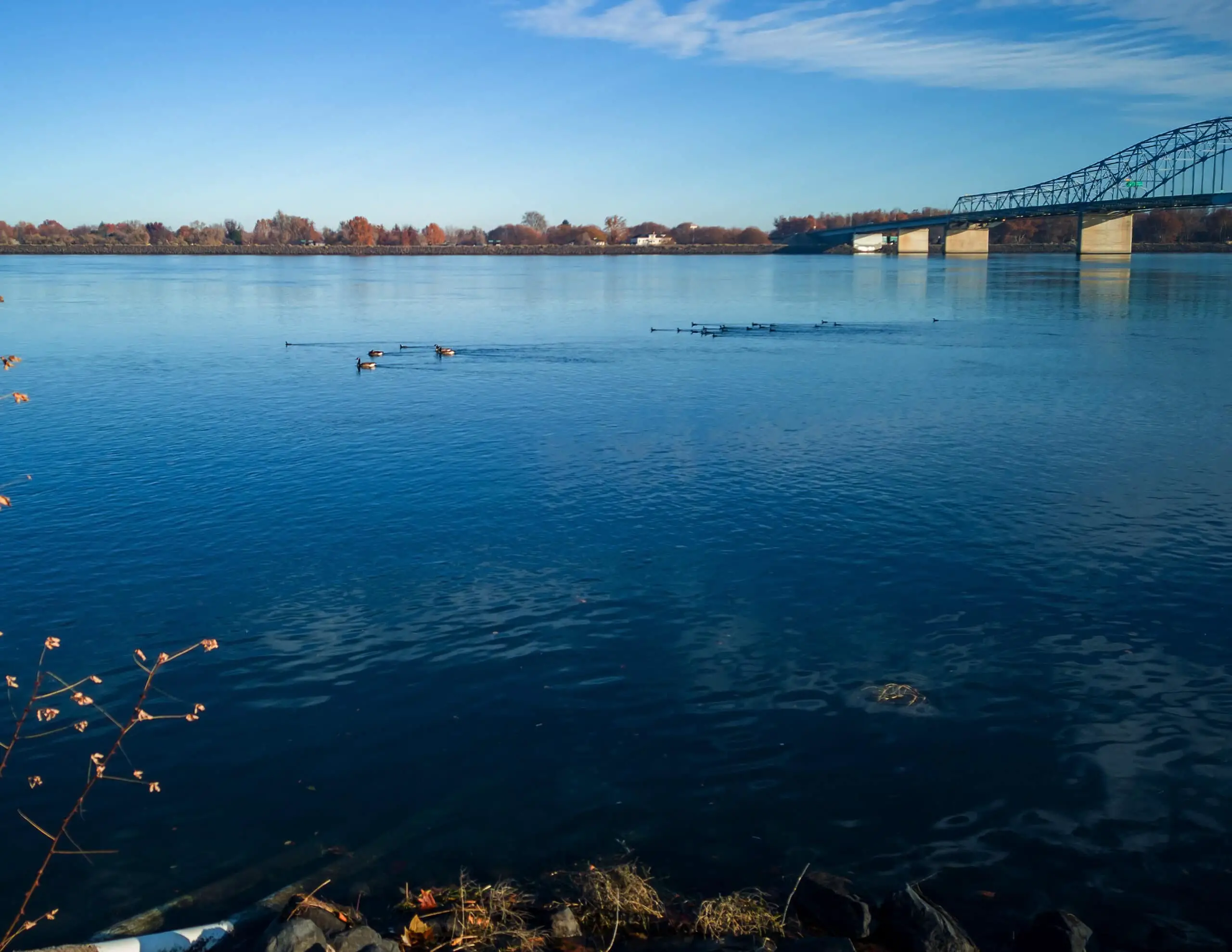
In the first decade of the 1900s, it is said that bandits had stolen three chests filled with gold bullion. They are said to have thrown the chests into the Columbia River before they were caught. The treasure chests are said to have been thrown west of a toll bridge on the north side of Plymouth, Washington.
One of the chests was found in 1911 but the other two are still at the bottom of the Columbia River under over a century of muck and mud. Underwater metal detecting and diving would be in order to find this lost treasure but the find would be well worth the trouble!
Hidden Gold on Sentinel Peak
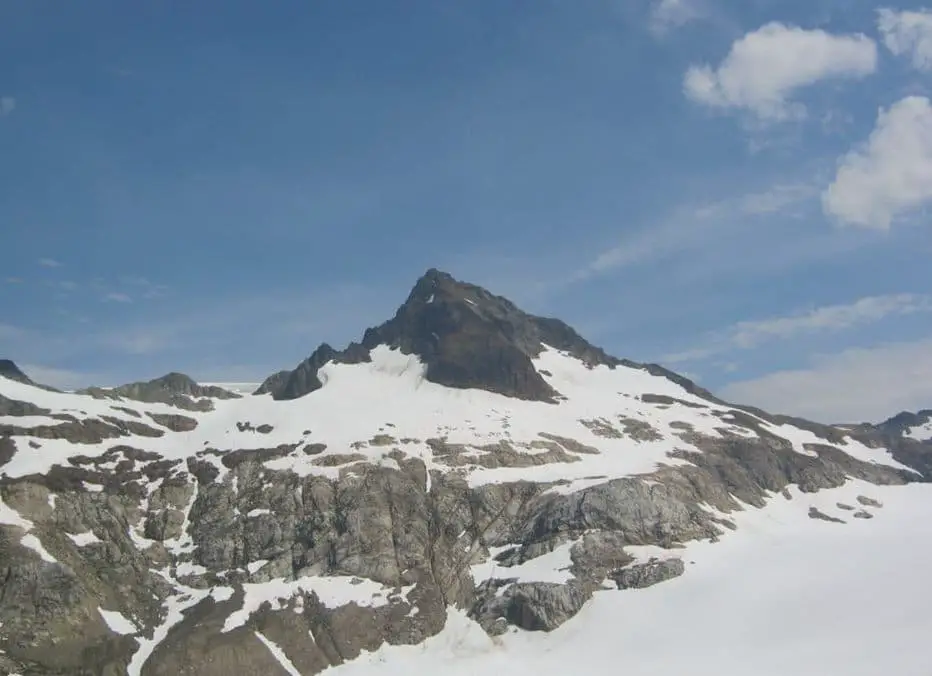
There’s Gold In Them Thar Hills is what gold prospectors would say during the California Gold Rush. This story is about outlaw gold worth $30,000 is said to have been secreted in a cave somewhere on Sentinel Peak. The Peak lies in the Saddle Mountain Range and is located three miles southeast of Beverly, Washington. Finding that treasure would be something worth writing home to mom about!
Digging Deeper: Lost Treasures of California
Thomas Douglas’s Buried Gold
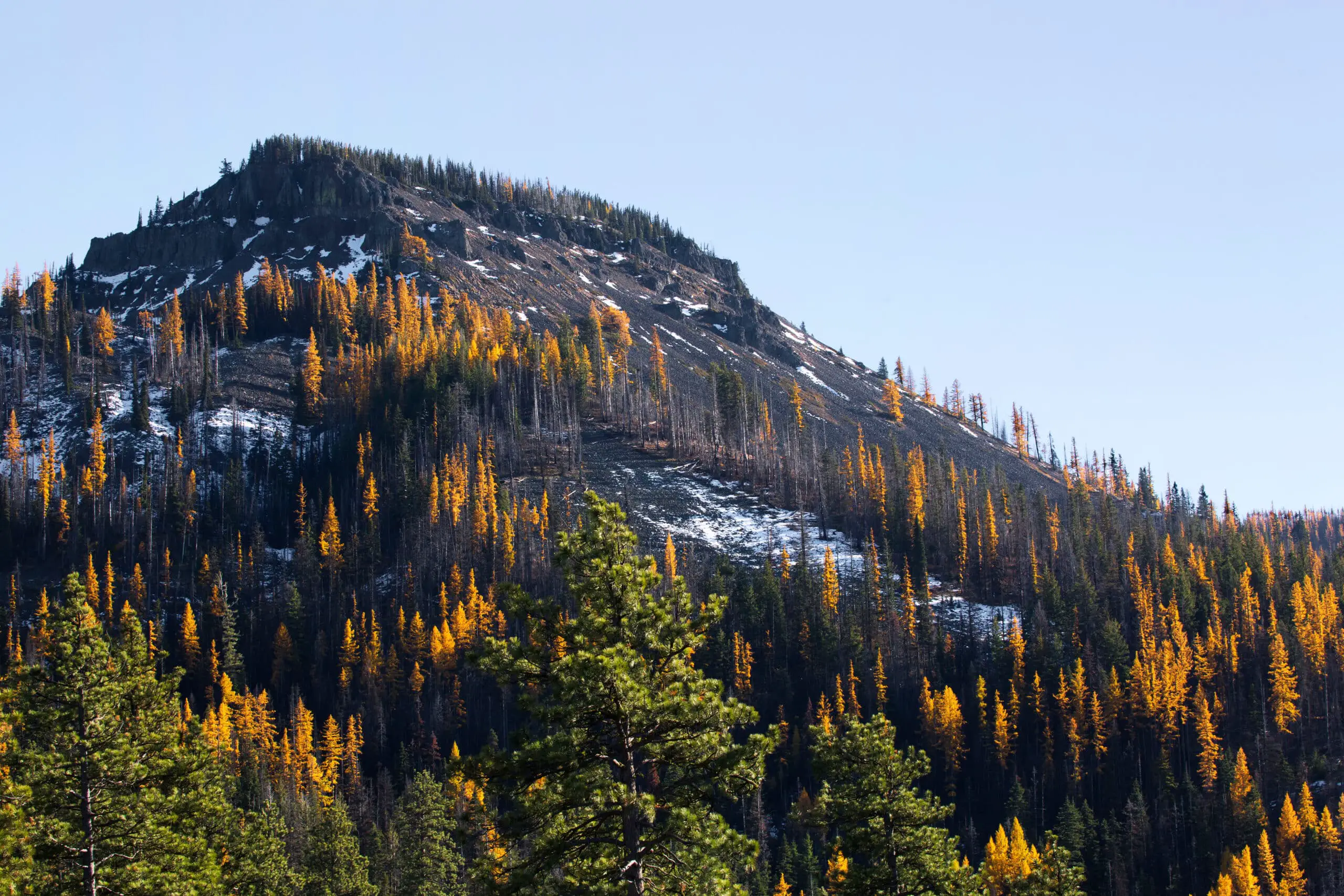
Thomas Douglas immigrated to the United States in the 1890s. He settled in Blewett, Washington, and soon after started mining for gold. Douglas’s father was an Earl in Scotland so Thomas was already a wealthy man when he arrived in America. Douglas kept to himself most of the time and many who knew him considered him a recluse and a strange character.
Once in a while, Douglas would hold poker parties at his house with bachelors who were much like him. At one of these parties that Douglas hosted Douglas got drunk and pulled out a large wooden box that contained $5, $10, and $20 gold coins and he used them as poker chips in the game. When the game was over he put the gold coins back in the box and slide it back under his bed.
One night, while a neighbor of Douglas’s was up, looked out his window and witnessed Douglas burying a large wooden box about 100 yards from his cabin. Heavy snow fell that night concealing the spot where Douglas had buried the wooden box.
A few days later after no one had seen Douglas in a while some of his neighbors went to check on him and they found him dead on his bed from natural causes. They presumed he had a stroke.
Word got out about Douglas’s box of gold coins and the townspeople started digging all over the area where Douglas’s cabin was. The box full of gold coins was never found and could still be buried somewhere on the property near Blewett, Washington where Thomas Douglas’s cabin once stood. The town of Blewett no longer exists and the area is now known as Blewett Pass in Chelan County Washington.
Buried Treasures Near Port Townsend

Port Townsend is a city in Jefferson County Washington it’s located on the Quimper Peninsula. Port Townsend, Washington has three lost treasures associated with it that are discussed in the following. Two of the three lost treasures are said to be buried in an Orchard and any one of these treasures would net you a handsome sum!
Harry Suttons Buried Gold
The first story states that a saloon owner named Harry Sutton buried $11,000 in gold coins in 1870 in Hammond Orchard in the village of Port Townsend. By all accounts, he never reclaimed the gold and it’s presumed still buried there.
Buried Payroll On The Banks of Discovery Bay
The second story states that a British Paymaster during the Revolutionary War was robbed of $80,000 and the thieves buried it on the Banks of Discovery Bay near the village of Port Townsend.
S.S. Buckley’s Buried Wealth
In 1860 a jeweler by the name of S.S. Buckley is said to have buried a large amount of money and jewelry in Hammond Orchard in the Villiage of Port Townsend. It has never been recovered.
Final Thoughts for Lost Treasures of Washington State
Well, there you have 14 lost treasures of Washington State. As you can see Washington State is full of lost treasures from long ago. Many of these tales are passed down through the generations and many times the amount of the treasure gets exaggerated. But these stories are interesting nonetheless. If you ever get a chance take a trip to Washington State and maybe you will find one of these lost treasures. If not just the beauty of this rugged state would be worth the trip!
If you have any questions or comments please leave them below. Until next time Happy Treasure Hunting!

I love the thought of finding treasure that has been lost for ever to be found by someone a 100 years later . The beauty of jewelry and of items people today do not appreciate . Treasure worth alot of money wonderful but the mystery and excitement of finding would be the real treasure
Completely agree, thanks for the comment Brenda!
While a student at Central College in Ellensburg Washington in 1973 I had occasion to drive through Blewitt Pass. I stopped at a small campground and diner that I believe was called Mineral Springs. The owner was a nice fellow that told me a story about a Cavalry officer that came home to the Ellensburg area during leave from fighting in the civil war and went prospecting up near Deer Park. He found an area where gold had come clear to the surface around a small pond or spring and could be picked up from the ground. He returned to Ellensburg and tried to prepare for a trip back to the spot, when there was an earthquake in the area that changed all of the landmarks and the officer could never again locate the spot. – Have you ever heard this story?
Has there been any updated information on any of these treasures?